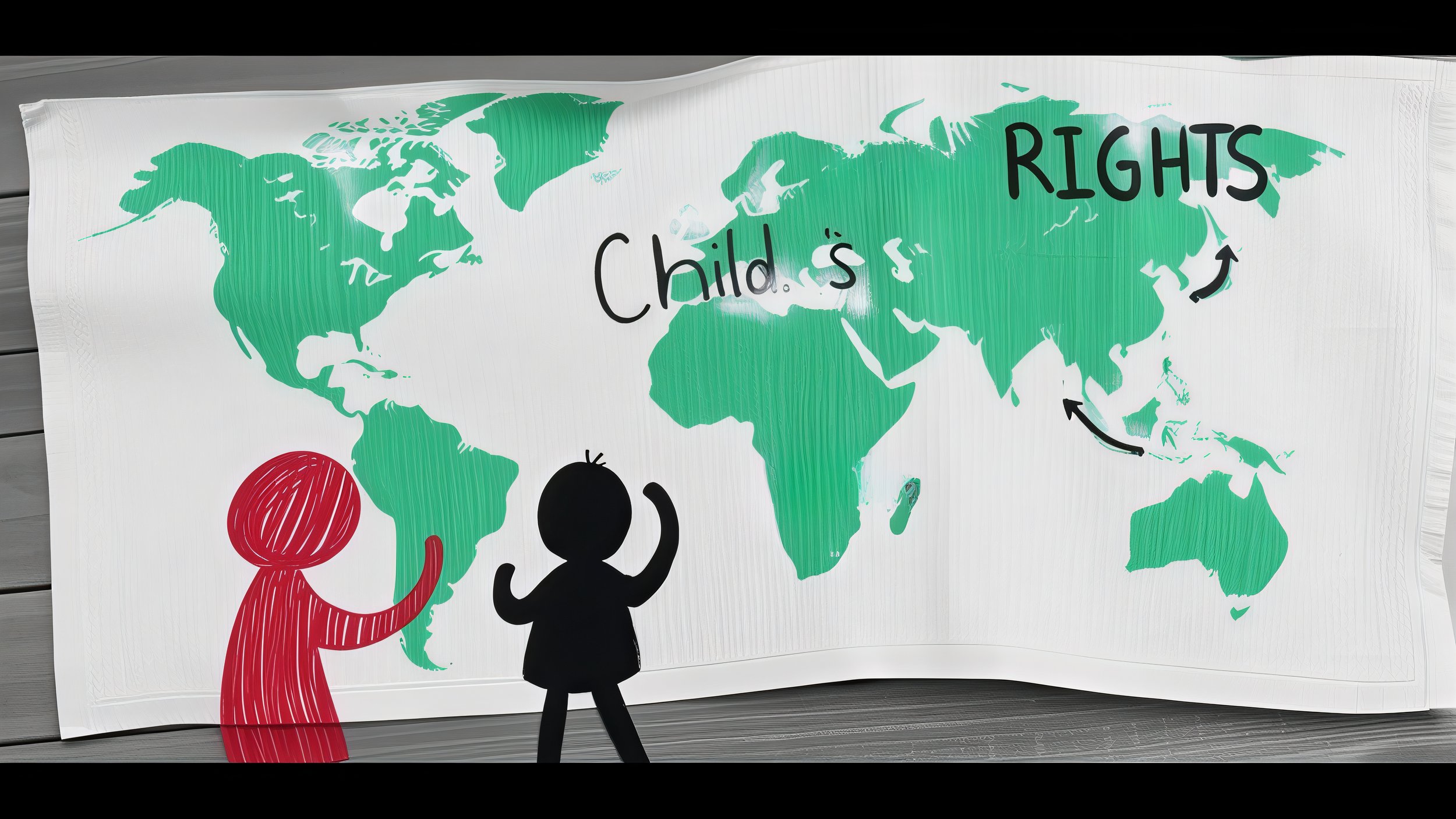
Children’s rights are fundamental freedoms and entitlements that all children (under 18 years of age) should have, regardless of their background or circumstances.
These rights are globally recognised and protected primarily by the United Nations Convention on the Rights of the Child (UNCRC).
1. Right to Survival
Life: The inherent right to life and development.
Health: Access to healthcare, clean water, nutrition, and safe living environments.
Adequate Living Standards: Suitable housing, food, and clothing.
2. Right to Protection
Freedom from Abuse and Neglect: Protection from physical, emotional, sexual abuse, and exploitation.
Safety from Harm: Safeguarding against violence, child trafficking, kidnapping, or exposure to dangerous situations.
Protection in Armed Conflict: Shielded from being recruited into armed forces or direct participation in war.
3. Right to Development
Education: Access to quality education tailored to their needs, interests, and abilities.
Play and Leisure: Opportunities to rest, play, and engage in recreational activities.
Cultural Identity: Freedom to enjoy and practice their own culture, religion, language, and traditions.
4. Right to Participation
Voice and Expression: Right to express opinions freely on all matters affecting them, and to have those opinions heard and respected.
Information: Access to child-appropriate information from diverse sources, encouraging informed choices.
Freedom of Thought and Belief: Right to hold and express personal beliefs, thoughts, and religious views.
5. Right to Non-Discrimination
All rights apply equally to every child, irrespective of race, ethnicity, gender, disability, social status, nationality, religion, or family background.
Core Principles of Children's Rights (UNCRC)
Four main principles underpin children's rights:
Non-discrimination: Every child has rights regardless of their background.
Best interests of the child: Decisions affecting children must prioritise their well-being.
Right to life, survival, and development: Ensuring children thrive, not just survive.
Respect for the views of the child: Listening to and considering children's opinions in all decisions affecting them.
Importance of Children’s Rights
Respecting children's rights ensures their dignity, promotes their well-being, and helps develop healthy, resilient, and empowered individuals who can positively contribute to society.
The UNCRC, adopted by the United Nations in 1989, is the most widely ratified international human rights treaty in history, ratified by every country except the United States.
In the UK, children's rights under the UNCRC are implemented through laws, policies, and practices that ensure their protection, participation, development, and well-being.
Safeguarding Children
Safeguarding children involves proactive and responsive measures aimed at protecting them from abuse, harm, and neglect. Below is a universal guide outlining best practices applicable to various contexts and environments globally.
1. Child-Centred Approach
Prioritise the welfare of the child in all decisions.
Listen to and respect children's opinions and wishes.
Ensure children's best interests guide all safeguarding actions.
2. Recognise and Respond to Signs of Abuse
Educate staff and carers to identify indicators of physical, emotional, sexual abuse, and neglect.
Establish clear reporting procedures for concerns and disclosures.
Ensure immediate response and appropriate interventions.
3. Prevention and Early Intervention
Create safe, inclusive, and supportive environments for children.
Provide early support to vulnerable families to prevent escalation.
Raise community awareness about child protection issues.
4. Clear Policies and Procedures
Develop and implement clear safeguarding policies accessible to all.
Regularly review and update procedures in line with best practice and legal requirements.
Ensure procedures include reporting, investigation, and follow-up.
5. Safe Recruitment and Training
Conduct thorough background checks for all staff and volunteers working with children.
Provide regular safeguarding training and refreshers.
Establish a culture of vigilance and accountability within the organisation.
6. Partnership and Collaboration
Foster effective communication between agencies, organisations, and families.
Encourage multi-agency collaboration to enhance child protection outcomes.
Share relevant information promptly and appropriately while respecting confidentiality.
7. Empowerment and Education
Educate children on their rights and teach them strategies to stay safe.
Encourage open communication and ensure children know who they can talk to if concerned.
Promote resilience, self-confidence, and healthy coping skills in children.
8. Monitoring, Evaluation, and Accountability
Regularly monitor safeguarding practices and outcomes.
Evaluate effectiveness and make necessary improvements.
Maintain transparent accountability structures within the organisation.
9. Equality and Non-Discrimination
Ensure all safeguarding practices respect diversity and equality.
Provide equal protection regardless of gender, ethnicity, religion, disability, or socio-economic background.
Adapt safeguarding measures to meet diverse needs sensitively.
USEFUL LINKS
Working together to safeguard children
The United Nations Convention on the Rights of a Child (UNCRC)
Sudden Unexpected Death in Infancy and Childhood
Royal College of General Practitioners
Safeguarding Children and Young People: Roles and Competencies for Healthcare Staff
The Protection of Children in England: A Progress Report - The Lord Laming
The impacts of abuse and neglect on children; and comparison of different placement options
RCGP - Perinatal Mental Health Toolkit
Child Safeguarding Practice Review Panel: Practice Guidance
Sir Robert Francis’ Freedom to Speak Up Review
A Summary of the UN Convention on the Rights of the Child
NICE Guidance: Child maltreatment: when to suspect maltreatment in under 18s
CPS - Safeguarding Children as Victims and Witnesses
